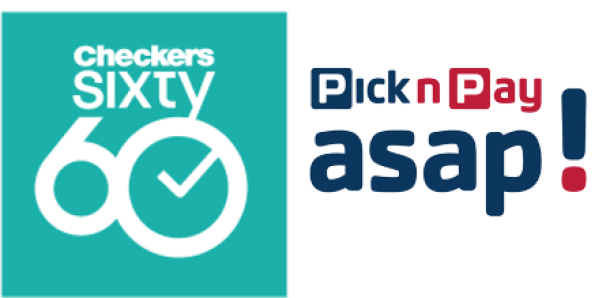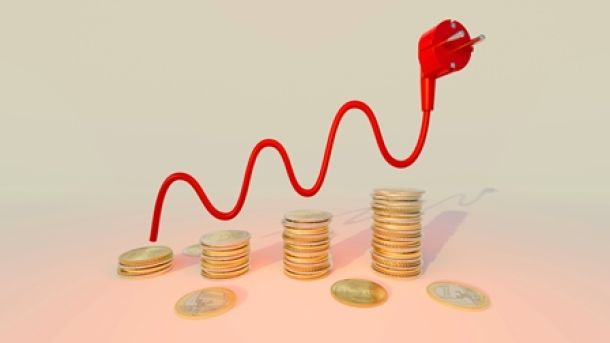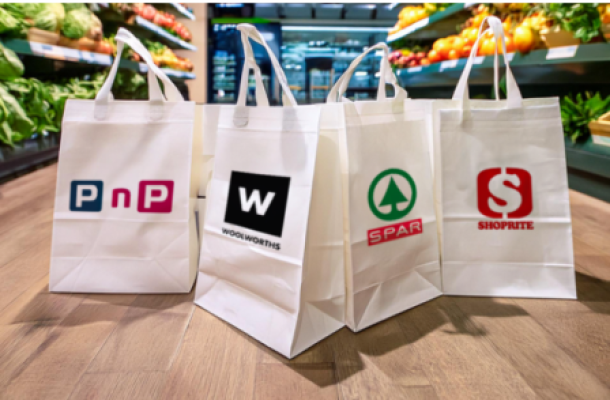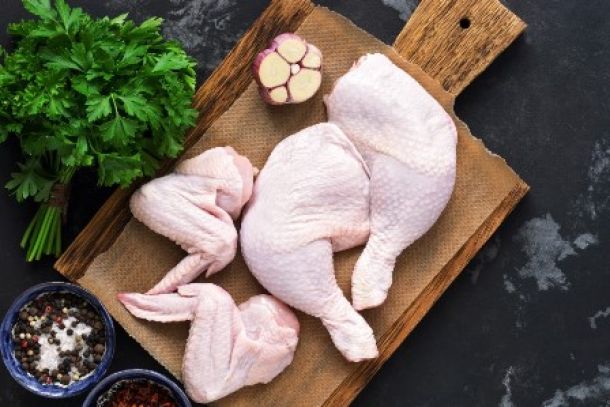Stepping up to the plate
‘You are what you eat” is a phrase used to remind us that whatever food we eat has a direct bearing on our health and well-being.
However, judging by the food trends I’m tracking, “You are what you eat, on-demand”, is becoming more appropriate.
While there is blood on the retail floor, there’s a different – but more positive – battle brewing in the retail food sector.
An unlikely combination of a recession and the growing digital, the on-demand food revolution has spawned a whole new food adventure.
In the last few years, the new food category, fast-casual, has spread across the world.
This is a different take on fast food: food is still served fast, but it’s a healthier option, more tailored to the modern palate.
Fast-casual eateries offer both take-away as well as eat-in options, but the environment is more like a hipster canteen than a restaurant: you order at the counter and then take away or sit down.
Woolworths has adopted this model, specifically with their new fast-casual concept, Now Now, which they describe as “a fast service café”.
They’ve also layered over the e-food, on-demand trend by allowing customers to preorder and pay for their food before arriving, using their app.
Eating via an app is becoming more commonplace in South Africa, and we, the customers, are spoilt for choice.
UberEATS – the parallel food service to Uber’s ride sharing service – is gaining ground. Since they launched in September last year, the app has been downloaded more than 100 000 times.
Mr D – previously Mr Delivery, now owned by Takealot – has reported that their online orders are up 95% (for the year ending June 2017), and that their new app has been downloaded 200 000 times.
In the UK, delivery service Deliveroo is pioneering the concept of “dark kitchens” – the same “dark store” distribution system for e-commerce, but for the e-food market.
These kitchens are designed for on-demand diners instead of sit-down restaurant diners, and the concept is spreading across the globe.
Food on demand is clearly the new food retail category to watch.
New solution
McKinsey estimates global online food delivery will grow by 25% for the next few years. This makes a lot of sense when you consider how this recession is radically altering consumer behaviour.
Fine dining restaurants are unaffordable to most South Africans.
The 1% keep those businesses running, but there has been a definite decline in middle class spend at restaurants in general.
Take-away, to eat in, has become the new solution to ensure you balance the household budget, but still allow for a family treat, and this is where the digital, on-demand food revolution kicks in.
Wazupa is a food app designed not only for wannabe chefs, but for people who want the convenience of a home-cooked meal delivered to their door.
Cooks who have a signature dish that is always a hit with family and friends are now able to sell that dish to on-demand diners via the app.
It’s a clever way of making some extra income, while allowing those who can’t be bothered to cook the convenience of ordering in.
It’s a foodie win-win situation.
If you still love to cook but want the hassle taken out of the preparation of a dish, UCook is the app you need to download.
UCook delivers ingredients for various dishes to your door – chopped, prepped and measured. It’s like having a sous chef in your home.
They claim that their menus cost less than buying the groceries at a supermarket.
But even if you’re still buying convenience food from a supermarket, your options have just trebled. In a recession, consumers seeking better value begin to shop outside of their regular supermarket categories.
At the same time, the food retailers up their game to try and lure these fickle shoppers back.
Earlier this year, Shoprite announced its intention to target the more affluent customer – that is, the Woolworths customer.
Shoprite chief executive officer (CEO) Pieter Engelbrecht stated that, “A lot of those [wealthier] customers, 2 million of them, actually frequent our stores already, but not exclusively.
Our job is to get a better share of their wallets when they are in our stores and then impress them so that they come back again.” In America, Walmart is doing the same thing.
All food retailers are aiming for a slice of the consumer pie.
While Woolworths is exploring fast casual, Pick n Pay recently launched a range of family-sized pies to challenge Woolworths’ pie offering, with similar packaging.
One of these new Pick n Pay pies pipped the Woolworths version in a blind tasting conducted by a newspaper.
Share of wallet is now determined by the taste test, not necessarily brand loyalty.
Recession and transient brand loyalty seems to be the perfect recipe for retail opportunity.
As Shoprite’s CEO said, “impress them so that they come back again”.
There’s never been a better time for customers to dabble with different brands or on-demand convenience.
Let the food turf war begin.
Chang is the founder of Flux Trends. For more trends, visit fluxtrends.com
News Category
- International retailers
- On the move
- Awards and achievements
- Legislation
- Wine and liquor
- Africa
- Going green
- Supplier news
- Research tools
- Retailer trading results
- Supply chain
- Innovation and technology
- Economic factors
- Crime and security
- Store Openings
- Marketing and Promotions
- Social Responsibility
- Brand Press Office
Related Articles

Checkers Sixty60 wipes floor with Pick n Pay As...

Top tips for consumers to combat escalating ele...

Clear winner in South African retail battle

Drinks survey reveals Rooibos as a top choice a...


